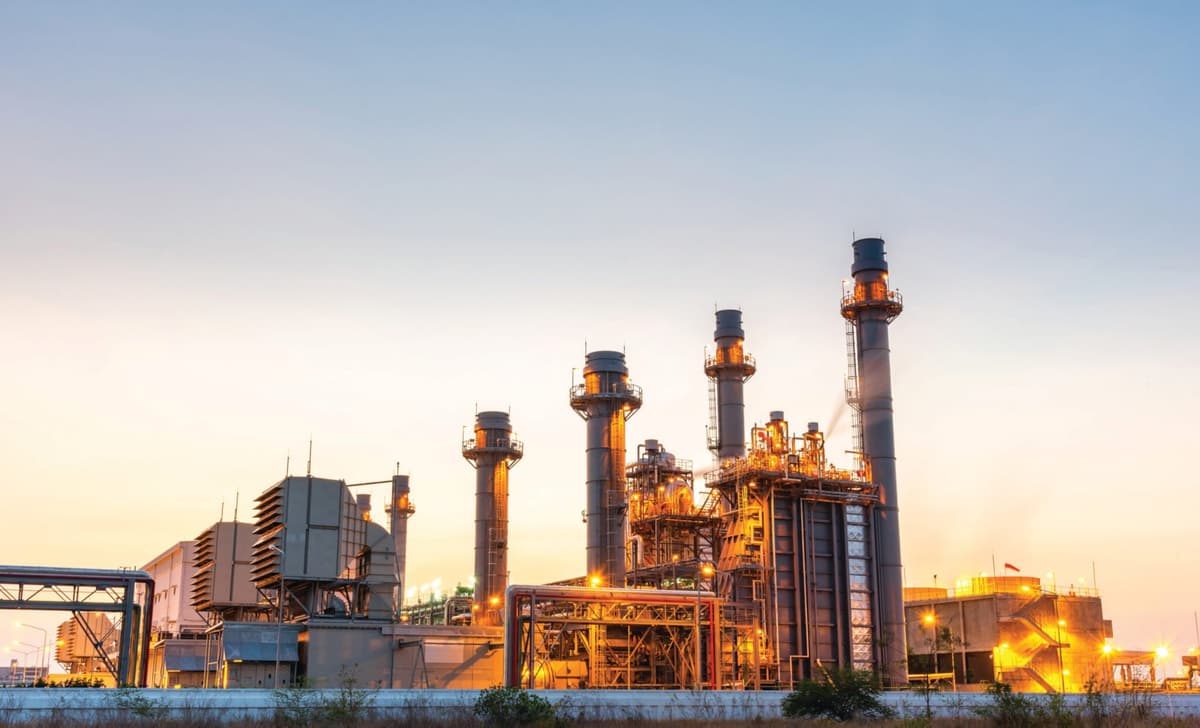The Rise of Hydrogen and Ammonia in Global Power Generation
Key Ideas
- Global installed power capacity using hydrogen and ammonia reached around 330MW by the end of 2023, with the APAC region leading at over 50%.
- By 2030, if all 32 announced hydrogen power generation projects are realized, capacity could reach 7.1GW.
- The IEA's Global Hydrogen Review 2024 highlights the increasing role of hydrogen and derivatives in cleaner power generation.
- Hydrogen is seen as a key element in bridging between periods of high and low renewable energy generation, aiding in the decarbonisation of energy systems.
With nations around the world actively pursuing decarbonisation of energy systems, the significance of hydrogen and its derivatives in cleaner power generation is gaining prominence. According to the International Energy Agency (IEA) Global Hydrogen Review 2024, global installed power capacity utilizing hydrogen and ammonia had reached approximately 330MW by the end of 2023. The Asia-Pacific (APAC) region emerged as the leader in this capacity, accounting for more than 50%, followed by North America with around 30% and Europe with 15%. The report also projects a significant increase in hydrogen power generation capacity by 2030, estimating a potential total of 7.1GW if all 32 announced projects come to fruition. This figure could stand at 5.2GW if projects in their early stages are excluded. The IEA's findings underscore the pivotal role that hydrogen plays in bridging energy generation gaps during varying renewable energy output levels, thereby aiding in the shift towards cleaner and more sustainable energy systems.
Topics
Asia
Europe
North America
Renewable Energy
Decarbonisation
Power Generation
Energy Systems
Asia-Pacific
IEA
Power Capacity
Latest News
